Bontrager introduces road tubeless wheels and tires
Aeolus carbon clincher and Specter helmet launched, too
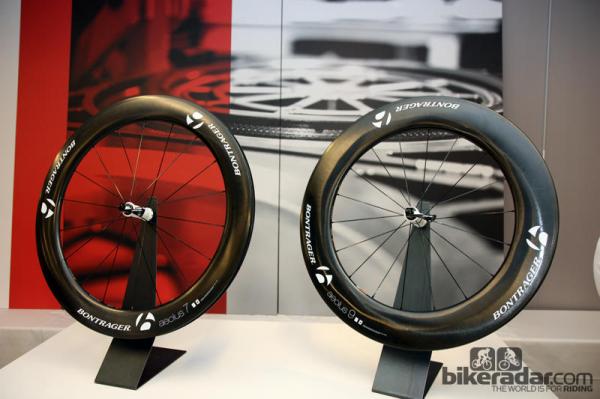
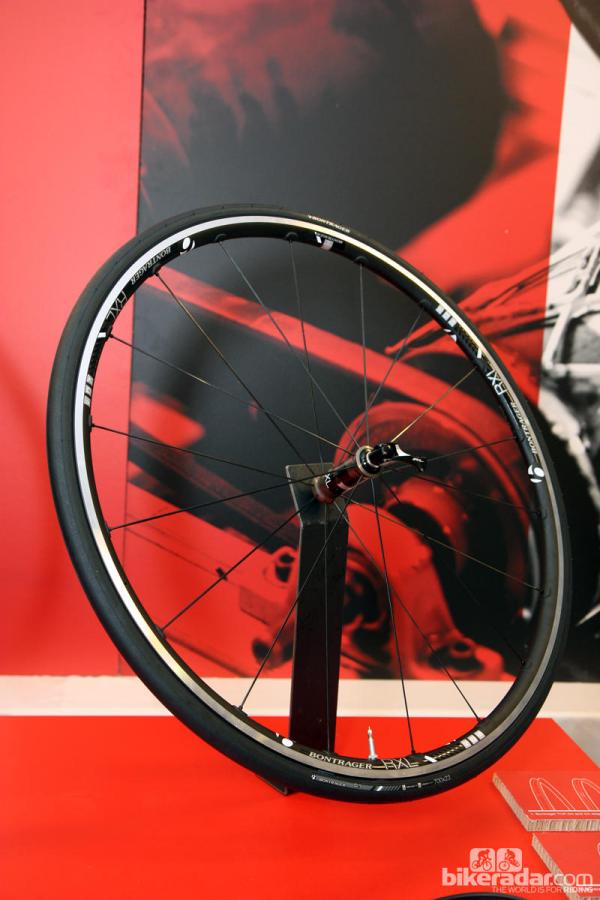
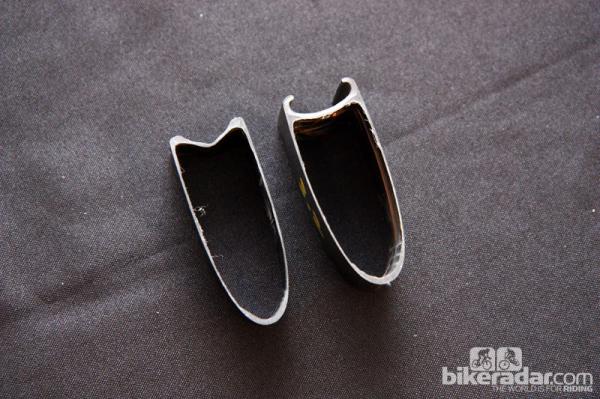
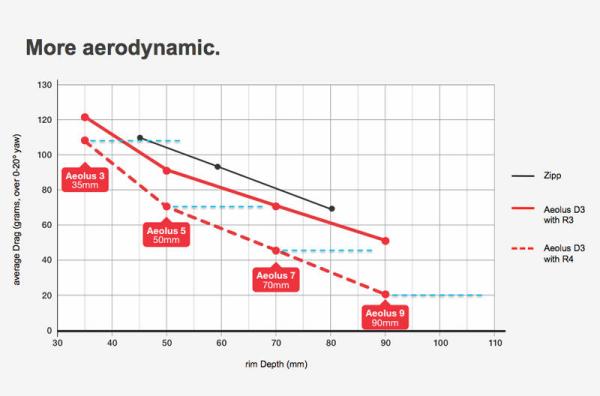
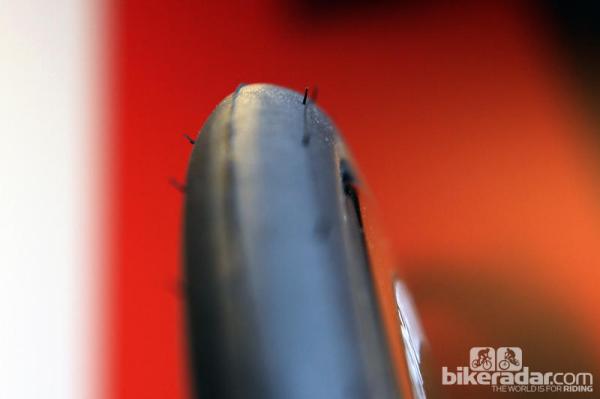
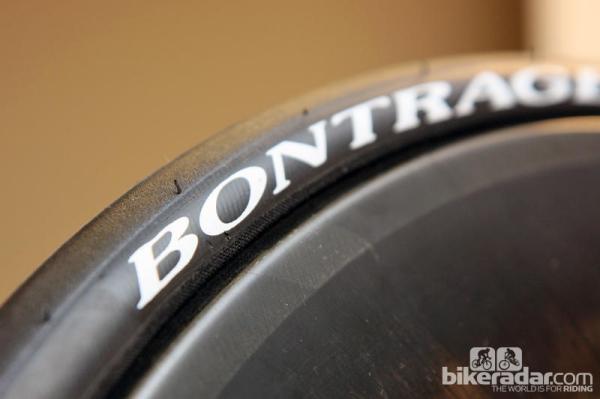
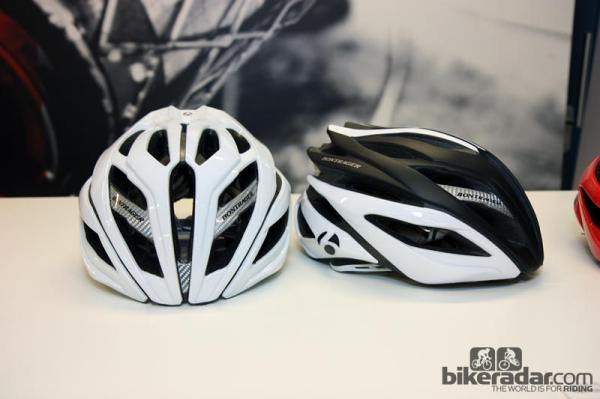
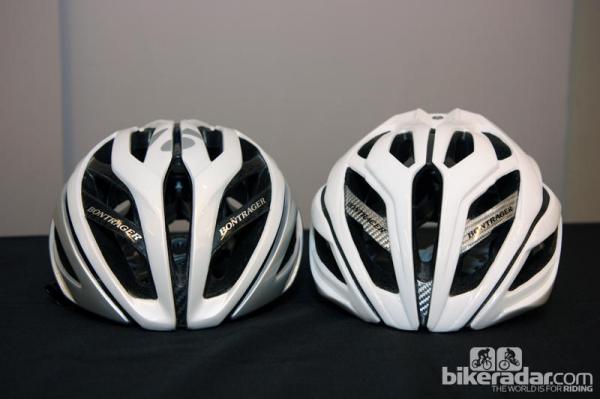
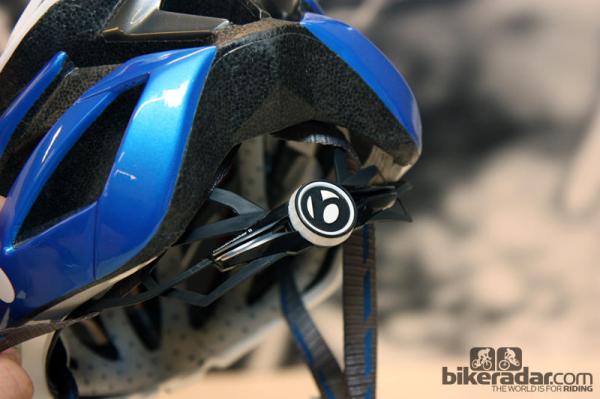
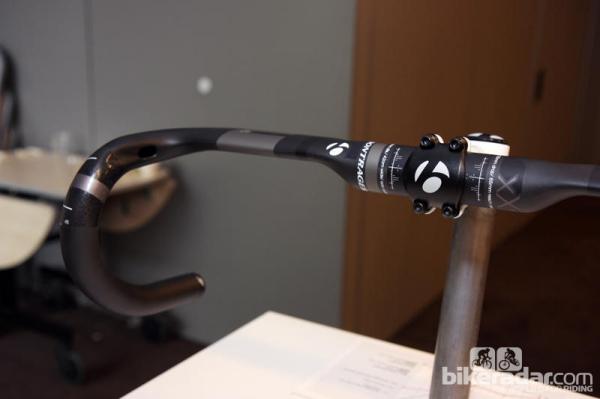
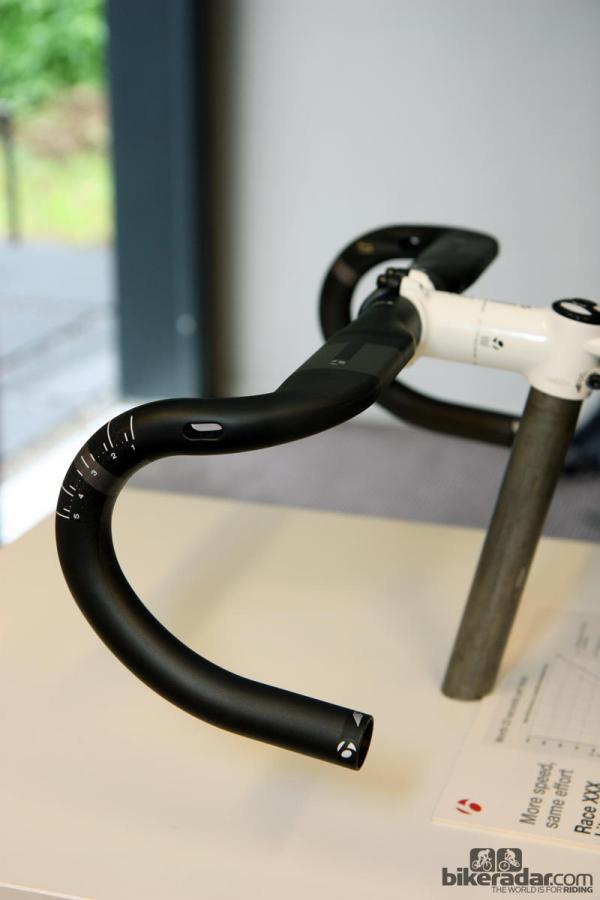
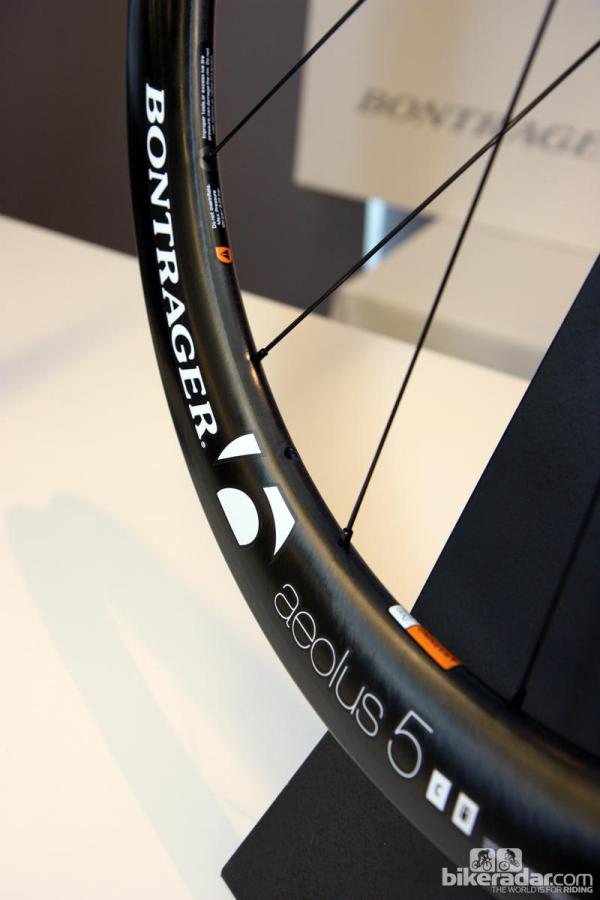
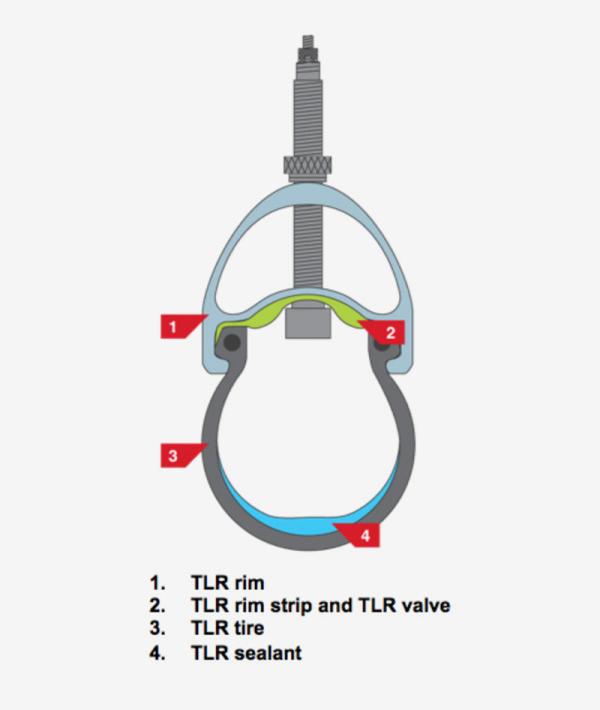
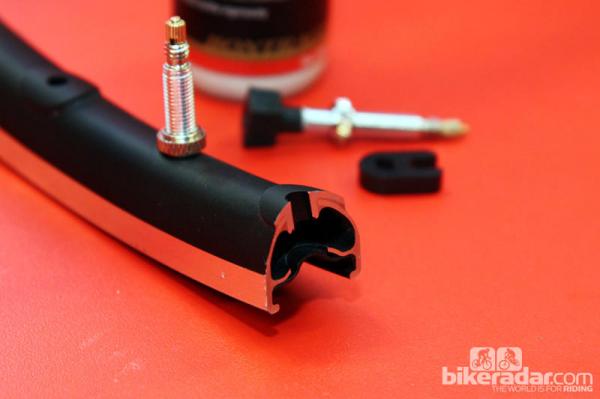
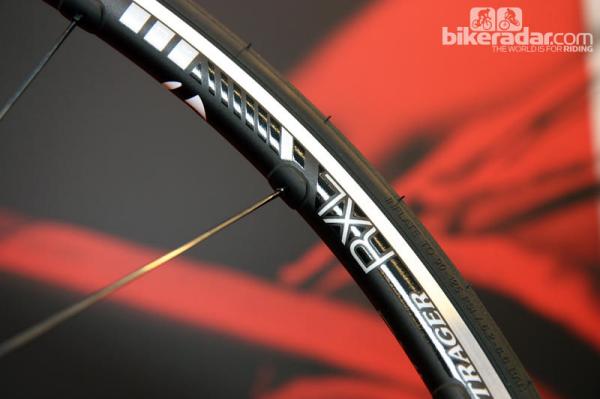
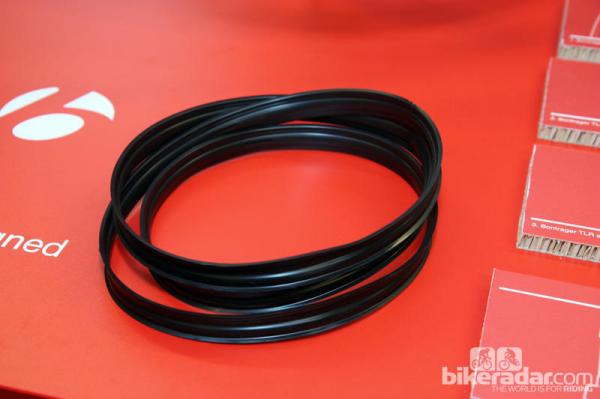
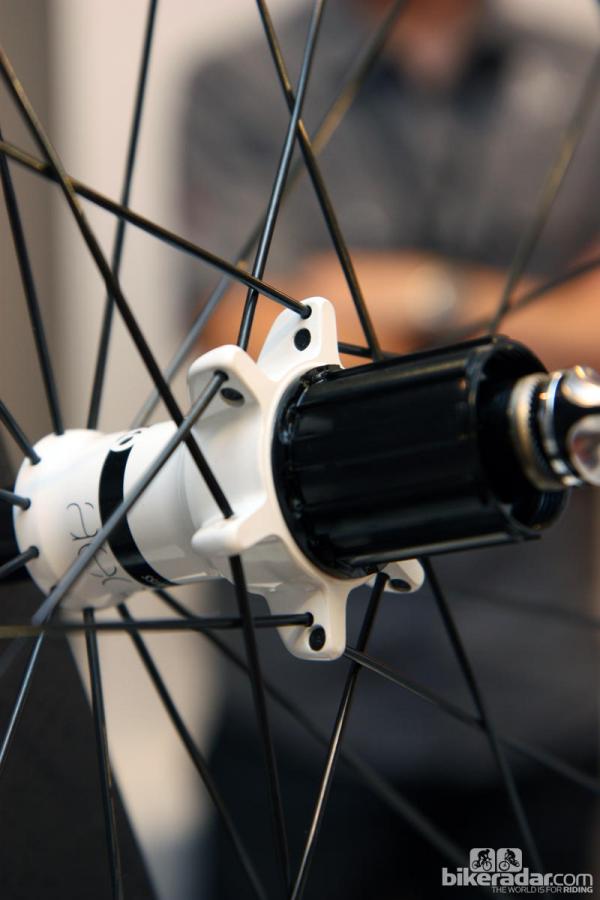
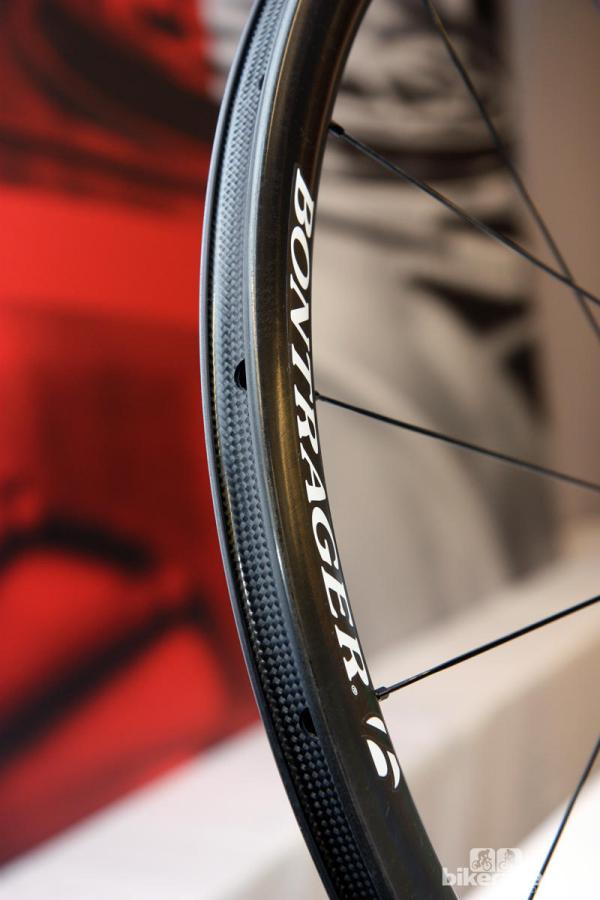
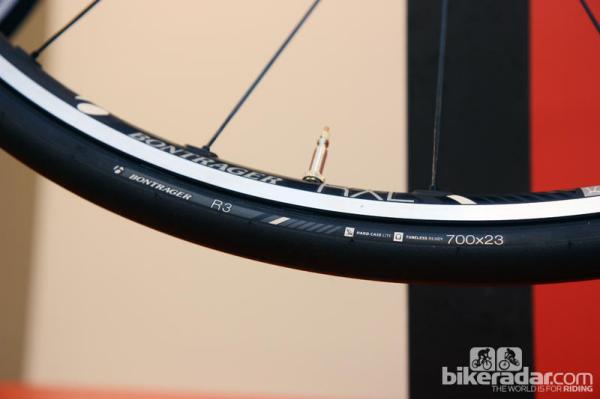
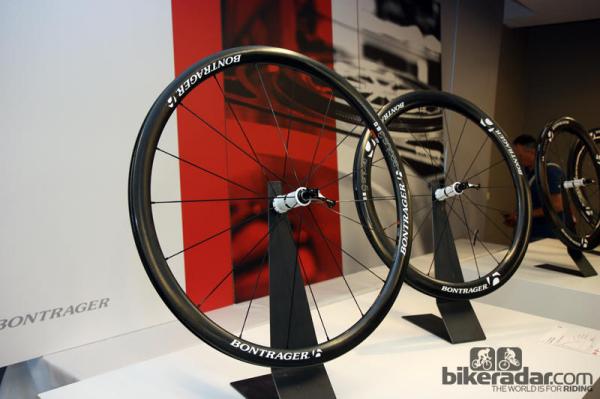
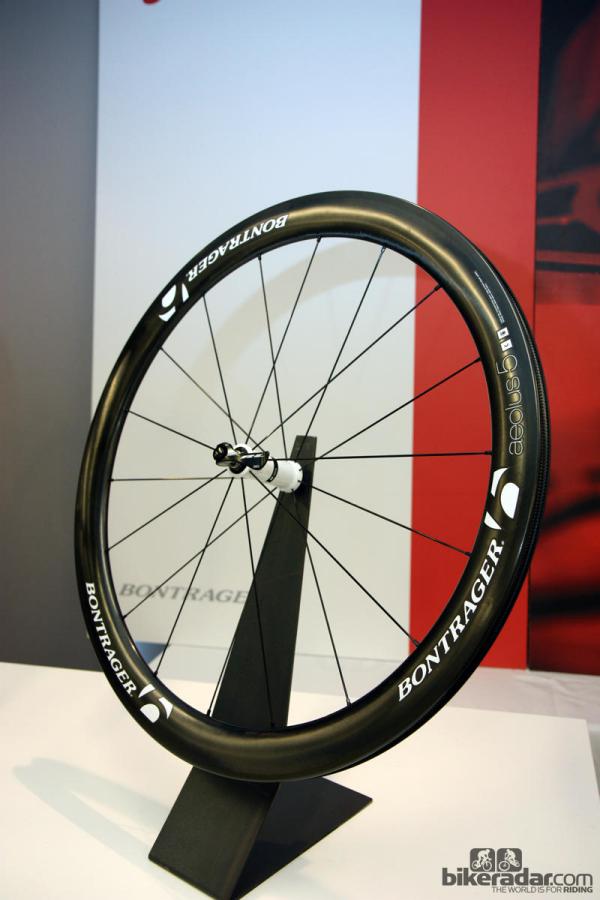
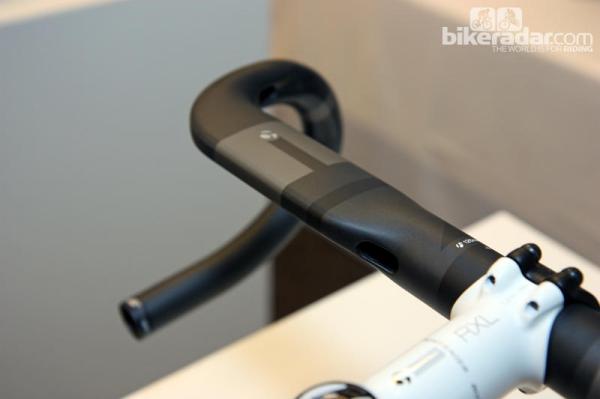
This article originally published on BikeRadar
Road Tubeless gains a major ally for 2013 with Bontrager adding three new wheel models and four new tires. Bontrager has also filled out the Aeolus aero wheel range with three additional carbon clincher rim depths. And budget-minded riders looking for a new helmet can check out the Specter.
Road Tubeless finally comes down in price
Bontrager has three new tubeless-compatible aluminum road clinchers for 2013 – the Race X Lite ($1,000, 1,480g), the Race Lite ($700, 1,500g), and the Race ($500, 1,690g). At last, the technology has been brought down to more moderate price points where riders stand to gain the most benefit from the vastly improved flat resistance. All of the new wheels will use a proven, modular system adapted from Bontrager's off-road wheels with a molded plastic rim strip to seal the rim, the company's own ammonia-free latex-based sealant formula, and a removable valve stem (with a removable core to ease sealant installation).
The top-end Race X Lite model isn't much lighter than the Race Lite, but key advantages include DT Swiss rear hub internals and rims with brazed-on spoke hole reinforcements for better long-term fatigue life. Both the Race X Lite and Race Lite get Bontrager's "stacked" rear driveside spoke lacing and straight-pull spokes for improved wheel rigidity while all three models will utilize asymmetrical rear rims and standard spoke nipples. Projected availability is September for the Race X Lite and July for the other two.
Bontrager has four new tubeless-ready road tires, too – the R3 TLR ($80, 270g) and the R2 TLR ($60, 310g). Both come in 700x23mm and 25mm widths with a new Hard-Case Lite puncture-resistant belt and all require sealant for tube-free operation.
Interestingly, Bontrager chose a high-modulus Kevlar bead instead of the industry-standard carbon fiber one, saying it's sufficiently strong to resist blowouts while also being less prone to long-term stretch and easier to install.
Get The Leadout Newsletter
The latest race content, interviews, features, reviews and expert buying guides, direct to your inbox!
According to Bontrager, the new tubeless road tires will offer the usual benefits such as fewer flats thanks to sealant, plus improved ride quality and traction thanks to lower inflation pressure. However, independent testing at Finland's Wheel Energy facility has also shown the new R3 TLR's low rolling resistance saves upward of eight watts of rider power relative to tubeless road tires from other makes – and is also lower than some notable tube-type clinchers.
Bontrager will make it easy for compatible wheel owners to take the leap to tubeless with complete TLR road kits that include tires, rim strips, valves, sealant and a valve tool.
The R3 TLR will be available beginning in September with the R2 TLR following shortly thereafter.
Aeolus fills out
Bontrager introduced the revamped Aeolus D3 wide-profile carbon fiber aero wheel range at last year's Eurobike show but the collection will now finally be completed with the addition of the Aeolus 3 (35mm-deep, 1,450g), 7 (70mm, 1,700g), and 9 (90mm, 1,910g) carbon clincher models to complement the Aeolus 5 clincher and collection of tubular wheels launched previously. All of the Aeolus D3 carbon clinchers are offered with no weight limit, a stouter 18/20 front/rear spoke count, and will carry a retail price of $2,700 per pair.
As before, Bontrager claim that each of the Aeolus wheels records lower drag figures in a wind tunnel than competitors' wheels that are up to one step deeper in rim section. In other words, a 35mm-deep Aeolus 3 D3 is supposedly faster than Zipp's 45mm-deep 303 Firecrest, the 50mm-deep Aeolus 5 D3 is quicker than a 58mm-deep Zipp 404 Firecrest, and so on. According to Bontrager, this will allow riders to select shallower wheels that are lighter and easier to handle in crosswinds without sacrificing speed, especially when paired with Bontrager's R4 Aero tires with their oval-shaped profile and 'aero wing' sidewalls.
New Specter helmet offers Oracle benefits at a lower price
The Bontrager Oracle is easily the best road helmet the company has produced to date but many riders will still balk at the $179 asking price. New for 2013 is a close cousin called Specter, which offers most of the same features – and a nearly identical appearance – for $40 less. At 270, 300, and 340g for a small, medium, and large sample (claimed), it's even lighter than the Oracle in two sizes, too.

The new $139 Specter
Key differences include an aluminized fiberglass and carbon reinforced nylon reinforcement cage instead of the Oracle's genuine carbon fiber article and a slightly toned-down aesthetic. The vent layout is mostly carried over, but they're slightly smaller on the Specter and the internal channels aren't as aggressive, either. The Specter also gets silver-infused antibacterial pads and Bontrager's updated Headmaster II retention system, which is still height-adjustable and actually feels more positive and is more compact than the one on the Oracle.
The Specter will come in three sizes and four colors. US markets should see it in stores starting in July while Europe and the UK will get it around September.
Kamm Tail shaping makes its way to drop bars
Finally, we've got some additional information to share on the drop bars Trek will include on the new aero Madones for 2013. Bontrager's new carbon fiber Race X Lite Aero ($349, 200g) and aluminum Race Lite Aero ($99, 320g) feature Kamm Tail shaping on the tops that the company claims will save 23 seconds per hour at 40km/h relative to a conventional round-profile bar (although Bontrager couldn't say how much the flattened profile affected handlebar stiffness).
Both UCI-legal bars feature internal routing to maintain the intended external shape, slightly flared drops, clip-on compatibility, and will come in a generous width range from 38-46cm (center to center). The carbon version will be available beginning in September and the aluminum bar will follow one month later.

Internal routing on the Aero road bars keeps the surface smooth